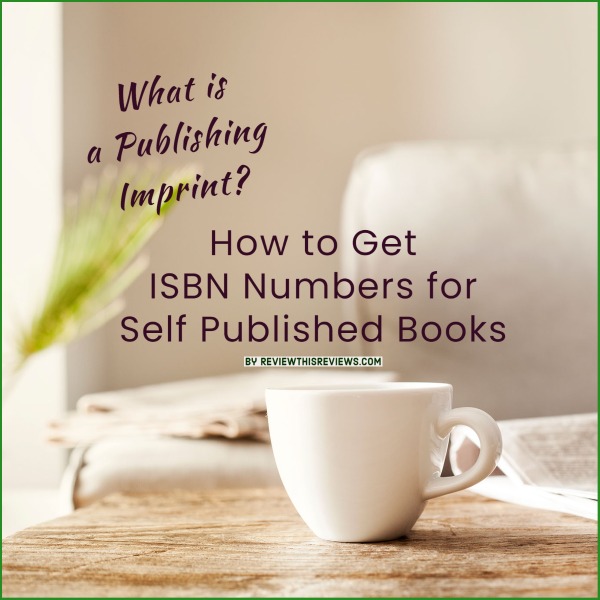Over the past couple of years, I've been sharing my self-publishing journey.
Although I've published 16 activity books to date, built a website to promote them, and created a social media following, I'm not an expert! I wanted to stipulate that upfront.
This article addresses some of the questions I had about ISBN Numbers and Imprints and what I've learned firsthand.
After checking out this article, you should google this topic; there are so many incredibly qualified professionals on this subject.
During my many hours of research, this is one of my favorite articles on the topic of Imprints - worth the read.
My Own Googled Questions About ISBNs and Imprints:
Canadians are very lucky; ISBNs are free through the Government of Canada (ISBN Canada, also known as Library and Archives Canada). Sign up here, create an account, get your numbers, follow the instructions, and best of all, the customer service is fantastic!
USA:
For those in the United States, you can get them through a company called Bowker. Unfortunately, they're not free, not even close to free. As of this date, one ISBN can cost approximately $125 and ten ISBNs are $295. You can view their pricing page here.
4. Where to Create a Barcode to Upload Onto Your Book When You're Providing Your ISBN?
The Barcode is pretty easy to create. This is the website I use to create my barcodes.
5. Use Amazon's Template Generator to Figure Out Where the Barcode Goes When Creating Covers
Here is a link to Amazon's template generator. It creates a template you can put over the top of your book cover, so you know the margins and where the Barcode goes.
*TIP* If you're using Canva to create book covers, drag the template over the properly measured custom design and increase the transparency so you can see through the template.
6. What is an Imprint? This confused me the most!
Amazon asks for the 'Imprint' information when you're providing your own ISBN.
I will not attempt to give you an in-depth explanation of Imprints because, honestly, I could never do it justice!
Provided below is a summary and a link to an excellent article from Ingram Spark about Imprints:
According this Ingram Spark Article: "The Imprint Page is the page that appears on the back of the Title Page. It contains everything we need to know about who wrote the book, who the publisher is, how we can contact them, where the book was printed, what the ISBN is"
7. Choosing An Imprint Name
There are so many things to consider when choosing your imprint name. Yikes. That's a whole other topic.
Famous publishing companies have multiple Imprint names. For example, Penguin House has nearly 275 independently published imprints.
From what I've read so far, an Imprint doesn't have to be a legally named identifier. However, for goodness sake, don't pick a name that could be a copyright violation against another company!
With ISBN Canada, where I register my ISBN numbers, there are alternate identities (besides my own name) that I can list that relate to my book(s).
Since I built a website called StumpedRiddles.com and feature all my activity books there, I added "Stumped Riddles" to my ISBN Canada profile as an identifier attached to my name. I use Stumped Riddles as my Imprint name.
You can get creative with your Imprint identifier that goes inside your book.
Here's the Imprint I created that will go at the bottom of my book's copyright page.
If you're in the USA and using Bowker to get your ISBNs, I'm sorry I can't help you with whether you can list alternate identities for the purpose of Imprints associated with the ISBN.
8. Did You Know You Can Search for Any ISBN Online?
There's a website called ISBN Search that allows you to enter the ISBN for any book to help you find it.
Ok, that's enough for today; self-publishing is a constant learning curve!
Additional Self-Publishing Articles:




























